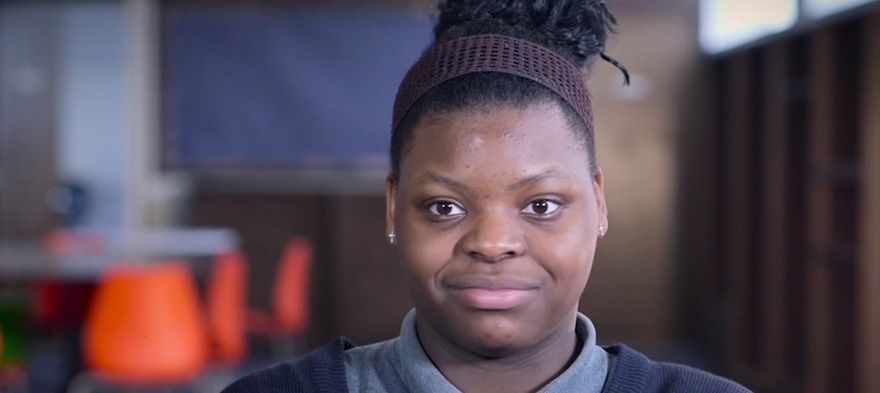
Feb 7, 2017 12:00:00 AM
Jamie Davies O'Leary is a senior Ohio policy analyst for the Thomas B. Fordham Institute. She previously served as chief communications and advocacy officer for the Ohio Council of Community Schools, one of Ohio’s longest standing and largest charter school authorizers. There she oversaw the delivery of communications to schools, governing boards, and the media, and managed the organization’s policy and legislative strategies. Jamie is an alumna of the Teach For America program (Camden), an Education Pioneers fellow (2008), a Truman Scholarship fellow (2004) and holds a master’s of public affairs from Princeton University’s Woodrow Wilson School of Public and International Affairs. In her previous tenure as a policy analyst at Fordham, Jamie authored hundreds of articles for the Ohio Education Gadfly, published op-eds in newspapers statewide, and conducted research and policy analysis on a variety of K-12 education issues. She returns to research and analysis as well as spearheading new efforts to promote high-quality charter schools in the Buckeye State and advocate for policies–such as equitable funding, access to facilities and transportation, etc.–that ensure charter schools are fully equipped to excel. A native of Mansfield, Ohio, Jamie resides in Columbus with her husband and two daughters.
Few issues in education spark more tension and debate than standardized testing. Are they a tool for equity or a burden on students? A necessary check on school systems or a flawed measure of...
Charter schools are public schools with a purpose. Operating independently from traditional school districts, they're tuition-free, open to all students, and publicly funded—but with more flexibility...
Despite the benefits of a diverse teaching force, prospective teachers of color fall out of our leaky preparation pipeline at every stage: preparation, hiring, induction, and retention. Here’s what...
Ed Post is the flagship website platform of brightbeam, a 501(c3) network of education activists and influencers demanding a better education and a brighter future for every child.
© 2020-2025 brightbeam. All rights reserved.
Leave a Comment